
 By Natali Moss
By Natali Moss
Ilovaysk - a railway node 25 km from the outskirts of Donetsk - seven eight ago had a special place on ATO maps. At the beginning of August 2014, the Anti -Terrorist Operation Headquarters set a task for the sector to surround the Donetsk troops, taking the main forces of DNR in half. The main purpose was to try to cut them off from communication paths and reinforce in the northeast of the city (primarily the H21 routes on torez).
Video Day Ukrainian Units had to go from two directions: from the north to block the connection between Donetsk and Gorlovka, and from the south - to take Ilovaysk, which would open the road to Khartsiz and Snizhne. After that, in the event of a successful operation, the Ukrainian troops, having reunited, would lock Donetsk into a partial environment.
"Near [Ilovaysk] - Khartsiz as on the palm, you take Khartsiz - and all, they [the forces of" DNR "] in the boiler," - later told TV channel 1+1 Semen Semenchenko, who in those battles commanded the battalion of Donbas. was to take Ilovaysk. The hope of success was given to previous weeks of summer 2014, which brought the Ukrainian Army a series of combat luck. One by the other cities and settlements of Donetsk and Luhansk regions were released from DNR and LNR fighters.
One of the many among the summer of 2014, the army surrounded the city, and the Ministry of Internal Affairs Volunteer Battalions had to be reached and cleaned, ”Roman Zinenko, a BBC, said the BBC of News, then the Dnipro-1 battalion fighter. However, further events turned those events August weeks on the tragedy that influenced the course of the whole war. "Then we came in hope that the victory would be after us.
So it would be if the Russian troops did not intervene," Vladimir Makhorkin, a fighter battalion fighter later, said later. In the Donbas (in the documentary Ilovaysk - the history of the tragedy). His words were confirmed by Taras Kostanchuk, the commander of the Donbass assault group: “The operation was planned well, I was planning at [Major General Ruslan] Khomchak from the battalion […].
Everything was clear to us: we go to Ilovaysk with several battalions, clean, then come the armed forces, fix, and in fact we will block the last artery of supplies of Russian weapons and ammunition from Russia directly to Donetsk - it was Ilovaysk. " Since August 6, Ukrainian units, which were a large part of volunteer battalions, were intelligent fighting - they tried to evaluate the forces of DNR in Ilovaysk and enter the city.
The first days have shown that the militants here are much stronger than expected, and the assault would be a difficult task. On August 10, a new stage of the Battle of Ilovaysk began: the forces of the Kryvbas battalion were supported by the battalions of Azov, Donbas, Shakhtarsk, as well as the 51st Brigade and the 40th Battalion of the Armed Forces.
By the end of the day, the Ukrainian forces managed to take positions on the highway of Ilovaysk-Khartziz to the north of the city and to install several checkpoints, which facilitated the storming of the city. These positions were kept by the end of August. During those weeks, the days went in Ilovaysk. On August 18-19, several battalions (including Donbas and Dnipro-1) were able to enter the city with the support of the Armed Forces.
Ukrainian fighters became entrenched in the western part of the city, their main outpost was a local school. At the same time, Shakhtarsk battalion, which had previously performed maneuvers to distract attention, occupied the railway depot of the city. The attempt to enter the eastern part of Ilovaysk, separated by a naph railway canvas, was unsuccessful.
It was there that the most powerful fortifications of DNR fighters were located: the assault groups of volunteer battalions suffered losses killed and wounded. The Ukrainian forces, which held positions in Ilovaysk, invited reinforcements. But to break into the city separate units of welfare (including peacemaker, Svityaz, Dnipro, Kherson) was only about a week later.
By that time (August 20th), a large-scale invasion of the border began-and peak was on Independence Day of Ukraine, August 24, 2014. It is the massive attacks of the Russian Federation that made the situation of ATO forces in Ilovaysk hopeless. Regular troops of the Russian army - without distinctive signs - were almost freely approached by Amvrosiivka and Savur -Mogila, where the remains of Ukrainian forces in this area were defended.
From these days Ilovaysk and the approaches to the city of the Armed Forces were actually cut off. A new reality for the Ukrainian military in the city and around it became many hours of fighting, heavy mortar and artillery fire of the Russian army. "When we were in Ilovaysk, there were about 100–150 volley fire systems on the day,” Oleg Stefan, a fighter of the Donbas battalion, told Public Oleg.
Later, the Prosecutor General's Office of Ukraine found that Russian troops in the Ilovaysk area numbered 3500 personnel, up to 60 tanks, up to 320 BMD (BMP), up to 60 guns, up to 45 mortars and 5 anti -tank missile systems. In the Ilovay boiler there were 1200-1300 Ukrainian military-including those units that were forced to retreat from Amvrosiivka and Savur-Tomb after Russia.
This rating was given in 2015 by Viktor Muzhenko, who in the days of the Ilovay tragedy managed the General Staff and was the Commander -in -Chief of the Armed Forces. Military journalist Yuri Butusov, fighters and commanders of many volunteer battalions later told that at the first signs of concentration of Russian troops around Ilovaysk warned the highest command of the threat to the city.
“We could not calculate at the battalion level that the Russians would introduce four battalion groups in this direction to overcome the resistance [ATO forces], to make this boiler and prevent the fall of Ilovaysk [taking it by the Ukrainian army]. But the General Staff should also calculate it - and was obliged to respond to such actions, ”Kostanchuk, commander of the Donbas battalion assault group, explained.
According to him, if the command was given an order "Broken, fix in Ilovaysk and stand to death - so we would do. " “But there was no this team. Wait, wait, wait - we agree, - he reports the orders of those days. - But it is unclear that the soldier is "waiting": shelling, artillery, mines, all falls, explodes, " - describes Kostanchuk the situation in the Ilovay period the hottest phases of fighting for the city. Finally, he said, the team came from the city.
On August 27, the Armed Forces for the last time tried to break through the ring around Ilovaysk to help the military who got there. However, they were defeated and suffered. On August 28, the Ukrainian command decided to leave Ilovaysk and tried to negotiate with the Russian side about the exit of the fighters from the environment. The route of the retreat of Ukrainian forces from the boiler "Green Corridor" (two routes) was agreed.
Initially, it was assumed that the troops would come out in full ammunition, with weapons. However, late on the evening of August 28, Muzhenko demanded from the Russian Federation to make troops unarmed. "The first deputy chief of the General Staff of the Armed Forces of the Russian Federation General Bogdanovsky came to me, and said that the conditions are changing, the exit is possible only if the equipment and weapons remain," - said Muzhenko.
According to him, the Armed Forces was recognized as "unacceptable": instead they decided to "go for a breakthrough, which was supposed to start at 3 am on August 29. " “He [the breakthrough] did not start. Because at the lower level it was decided to go under the guarantees of the Russian side, ”the former commander -in -chief of the Armed Forces explained.
On the night of August 29, Vladimir Putin addressed the militants (the so -called militia forces) to open a humanitarian corridor for the Ukrainian military surrounded. In fact, the corridor became a trap: Russian troops opened fire by shot by Ukrainian columns on the march. In the fire bag, which was practically no chance of surviving, both columns that came out of Ilovaysk were found through Mnvopillya to Novokaterynivka - two different in advance in advance of routes.
Russian troops destroyed almost all the equipment both in the northern column of the mace and in the southern column of the wind. The shelling was led from tanks, mortars, grenade launchers, small arms. “The green corridor was most remembered. It was a massive fire in our direction, we were shot. Technique and people flew into pieces, ” - quoted 5 Alexander Fedorchenko, a participant of fighting for Ilovaysk.
"Kamaz came with us with the wounded, which we marked with a white flag with a red cross so that it was not fired. Even then, it was one of the first to be a light goal, ”said Ukrainian military service in a conversation with Air Force News Ukraine. “Everything was fully shot […]. On the right side we were fired at heavy artillery, and on the left - small arms. People [enemy forces] were prepared for our departure.
Behind us was the BMP of the Armed Forces - direct hit by it, I will never forget the shouts and moans in this car. We were, of course, in shock, ”Oleg Stefan said from the Donbas battalion. Dozens of military who survived after this shooting were captured, which lasted for many months. In the first days after the Ilovay tragedy, the militants released only a handful of women and wounded, passing them to the Red Cross.
"Dill, hang up, we go to the stoves in Donetsk," - reports Stefan the words of the DNR fighters from the Motorola (Arsen Pavlov), who captured him with other Ukrainian fighters after the attack of the Russian Federation forces. According to the National Museum of History and the Prosecutor General's Office, 368 Ukrainian military (more than 250-when leaving the corridor) were killed during the Ilovaysk Operation (August 6-August 31). More than 400 fighters were injured, about 300 were captured.
Another 18 are still considered missing. The Ilovay tragedy, which until February 2022 remained the highest one -time loss of the Armed Forces in the history of independent Ukraine, had a significant impact on the situation in the ATO. A short time after those events, in early September 2014, the Minsk Protocol was signed, and subsequently the Minsk agreements, which later repeatedly provoked criticism and within which Ukraine was still forced to look for ways to resolve the war in the Donbass.
In the fall of 2014, the Special Investigation Commission of the Verkhovna Rada concluded that part of the responsibility for the consequences of the Ilovay boiler was borne by the Excellence Valery Geleti and the Chief of the General Staff Viktor Muzhenko. According to members of the parliamentary commission, they should respond more adequately to information about the invasion of Russian troops near Ilovaysk. After that, Geletey resigned.
In the summer of 2020, in the office of the Prosecutor General of Ukraine, following the pre -trial investigation of the Ilovay operation, called the aggression of the Armed Forces of Russia the main cause of its tragic consequences. The prosecutor General's Office is also preparing to declassify materials about the Ilovay boiler.
In the spring of 2021, Ukraine sent evidence to the International Criminal Court in the Hague of War Crimes and controlled by its militants during the evacuation of Ukrainian military in the Ilovaysk region.


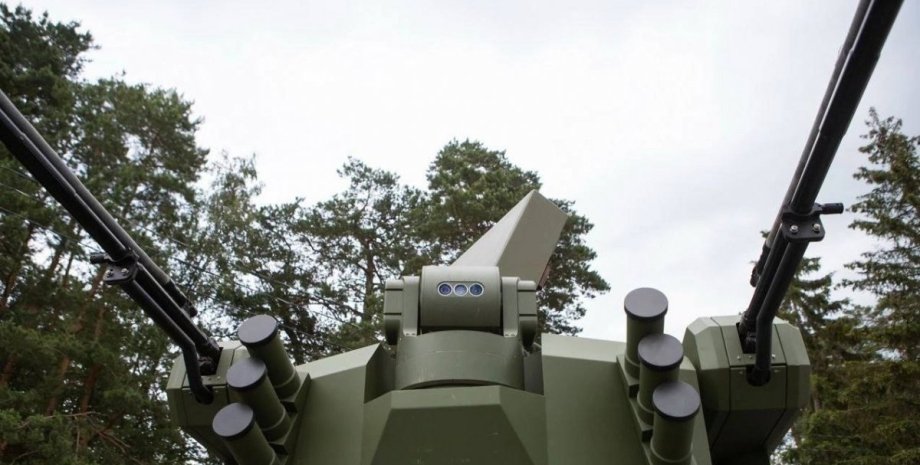
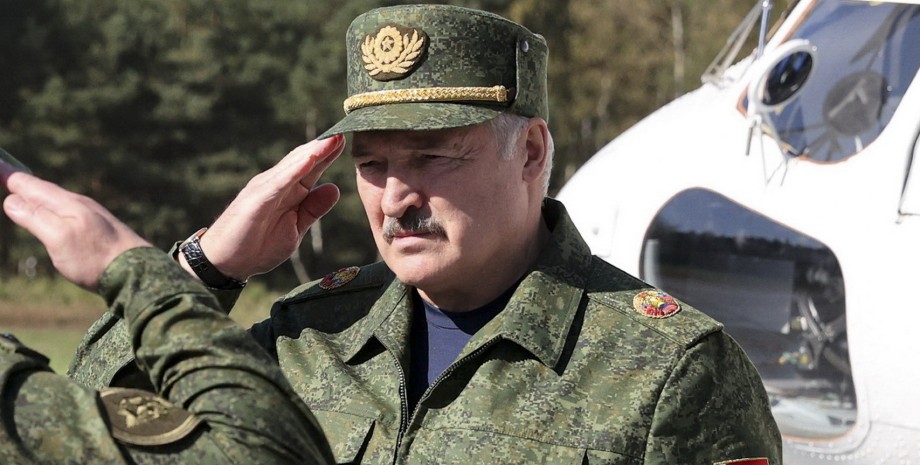
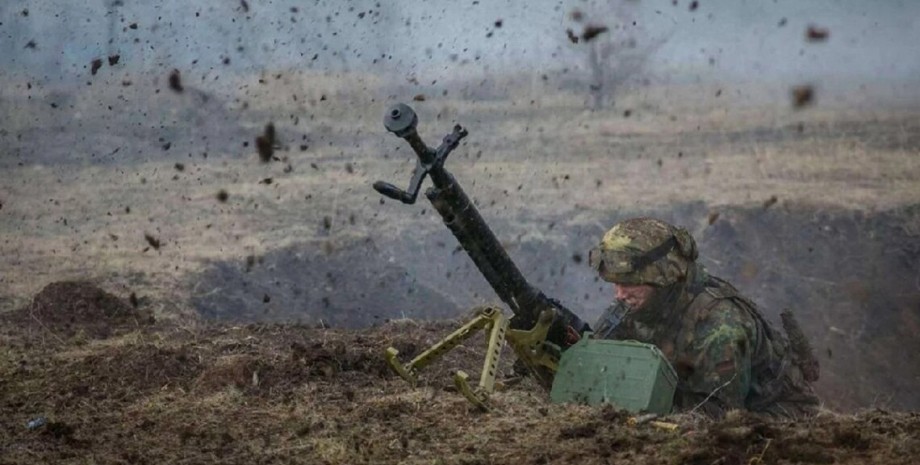

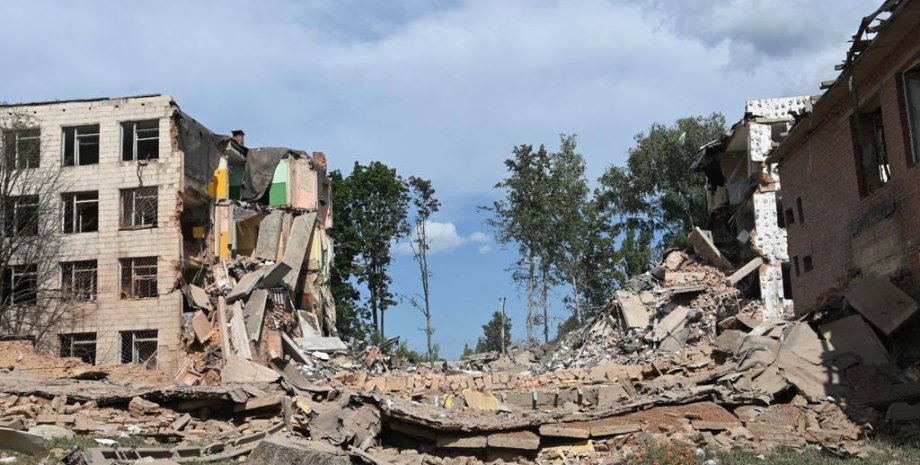

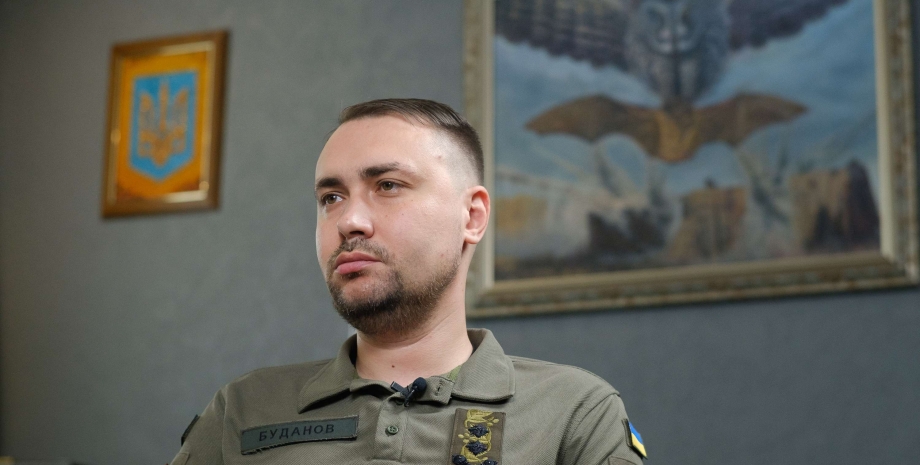
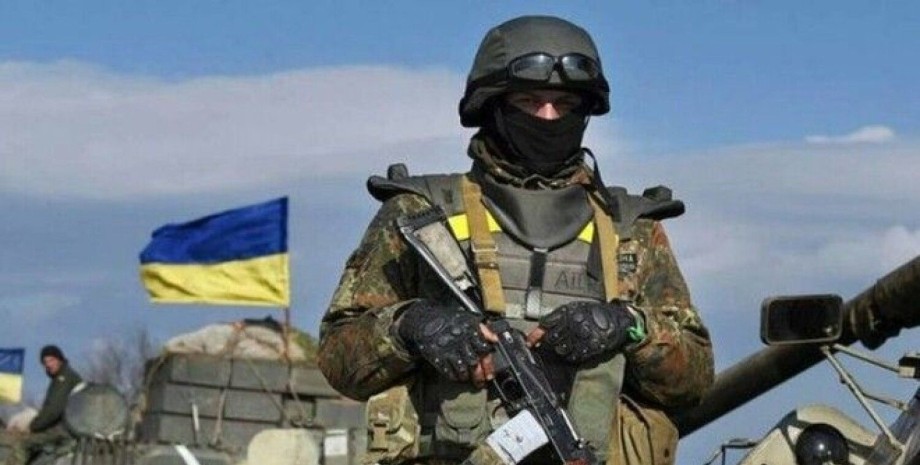
All rights reserved IN-Ukraine.info - 2022